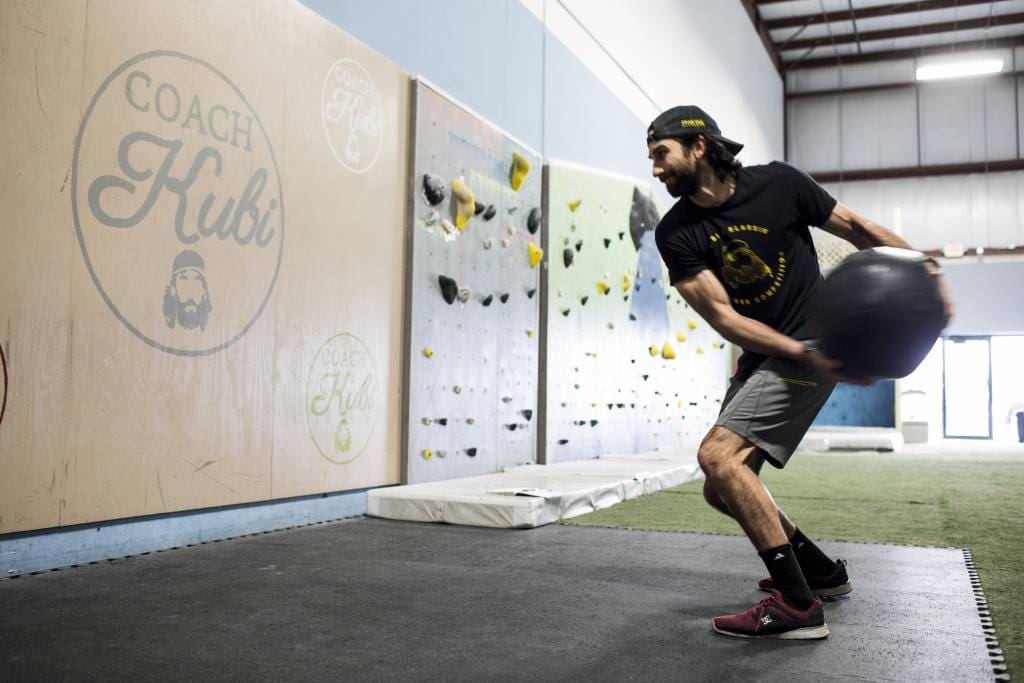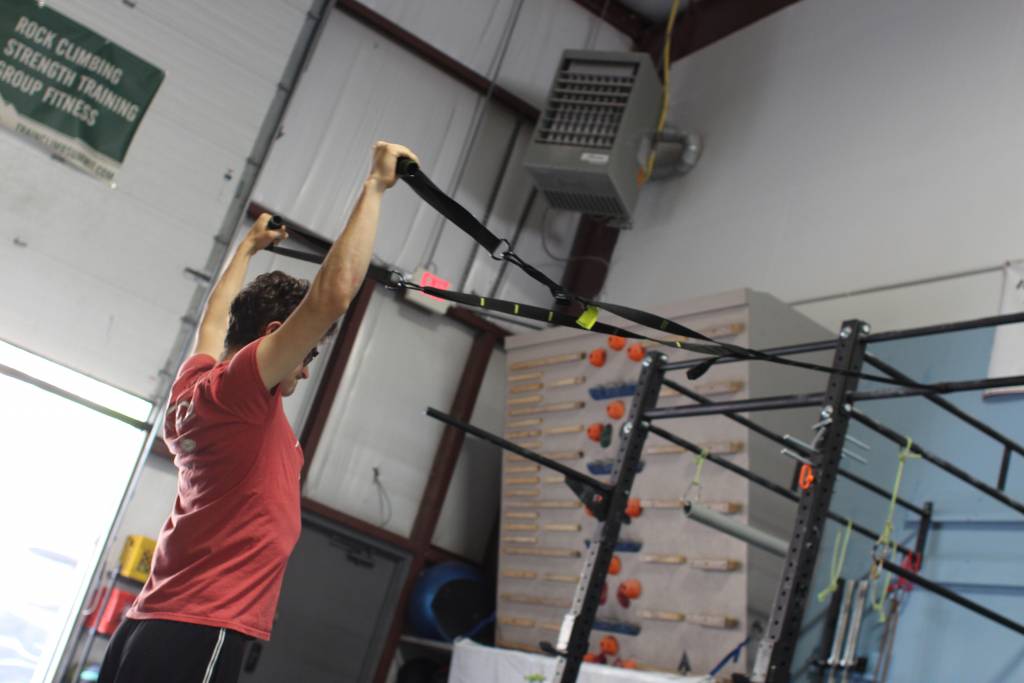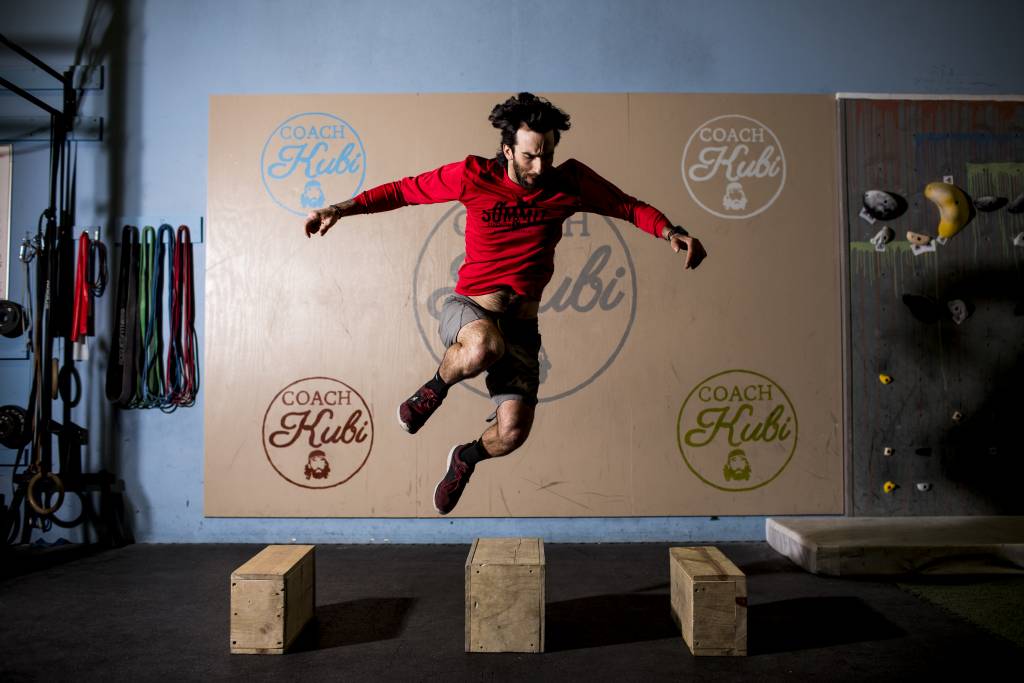When it comes to maximizing athletic performance, structuring your strength and conditioning program around an annual cycle is crucial. So dividing the year into phases—in-season, post-season, off-season, and pre-season—ensures you build strength, recover effectively, and peak at the right time. So let’s break down each phase and its key objectives to train year-round. With that being said, if you not looking to maximize performance at a specific time, this approach can still be useful to break up the monotony of training and to keep it sustainable.
In-Season: Maintaining Performance
Objective: Sustain strength and prevent injury without overtraining.
The in-season phase focuses on maintaining the gains you’ve built during the offseason and preseason while prioritizing sport-specific performance. So here is how to structure this phase:
- Frequency: 1-2 strength sessions per week.
- Intensity: Moderate to high intensity with reduced volume.
- Focus:
- Maintenance of core strength, power, and mobility.
- Corrective exercises to address imbalances.
- Recovery strategies, such as foam rolling, stretching, and light mobility work.

- Sample Workouts:
- Compound lifts (e.g., squats, deadlifts) at 70-85% of 1RM.
- Explosive exercises like box jumps or medicine ball throws.
- Stability and injury-prevention drills.
Postseason: Recovery and Reflection
Objective: Allow the body and mind to recover from the demands of the season.
The postseason is a time for rest, rehabilitation, and light activity. This phase lasts 2-4 weeks and is critical for preventing burnout and overuse injuries and is maybe the most important factor to help you to train year-round.
- Frequency: 2-3 light sessions per week.
- Intensity: Low intensity with a focus on active recovery.
- Focus:
- Restoring movement patterns and flexibility.
- Addressing minor injuries or muscle tightness.
- Low-impact activities such as swimming, yoga, or walking.
- Sample Workouts:
- Bodyweight exercises (e.g., lunges, push-ups, planks).
- Light cardio at 50-60% max effort.
- Recovery sessions emphasizing stretching and foam rolling.
Train Year-Round

Offseason: Building Strength and Capacity
Objective: Develop a solid foundation of strength, power, and endurance.
The offseason is where the most significant gains are made. This phase typically lasts 3-4 months, depending on your sport’s schedule.
- Frequency: 3-5 strength sessions per week.
- Intensity: Progressive overload with moderate to high intensity.
- Focus:
- Hypertrophy and strength building.
- Developing aerobic and anaerobic capacity.
- Improving weak areas and imbalances.
- Sample Workouts:
- Heavy compound lifts (e.g., deadlifts, bench press, pull-ups).
- Accessory exercises for muscular endurance (e.g., Bulgarian split squats, kettlebell swings).
- Energy system training such as interval runs or rowing.
Preseason: Transitioning to Sport-Specific Fitness
Objective: Peak physical readiness for the upcoming season.
The pre-season phase bridges the gap between off-season preparation and in-season performance. This phase lasts 6-8 weeks and includes sport-specific drills and functional conditioning.
- Frequency: 3-4 sessions per week.
- Intensity: High intensity with sport-specific focus.
- Focus:
- Power development and explosive movements.
- Agility, coordination, and reaction time.
- Fine-tuning endurance for game-day performance.

- Sample Workouts:
- Plyometric drills (e.g., depth jumps, lateral bounds).
- Olympic lifts for explosive power (e.g., cleans, snatches).
- Sport-specific conditioning (e.g., shuttle runs, sport drills).
- Post Activation Potentiation
Tips for Success to Train year-round
- Periodization: Adjust intensity and volume systematically to avoid plateaus and overtraining.
- Nutrition: Align your diet with each phase’s goals (e.g., increased protein during offseason strength building).
- Monitoring Progress: Track key performance indicators (e.g., strength gains, sprint times) to ensure progress.
- Flexibility: Be ready to adjust your plan based on unforeseen challenges like injuries or scheduling conflicts.
By following an annual strength and conditioning schedule, you’ll ensure consistent progress while reducing the risk of injury. Whether you’re an athlete or a fitness enthusiast, this structured approach will help you perform at your best when it matters most. Either way, you should find a time of year that is your “OFF SEASON” to get outside and take a break from the gym. Whatever approach you take, or whether you plan to be competitive or not, to train year-round, you should still have some sort of structure to your annual plan.

